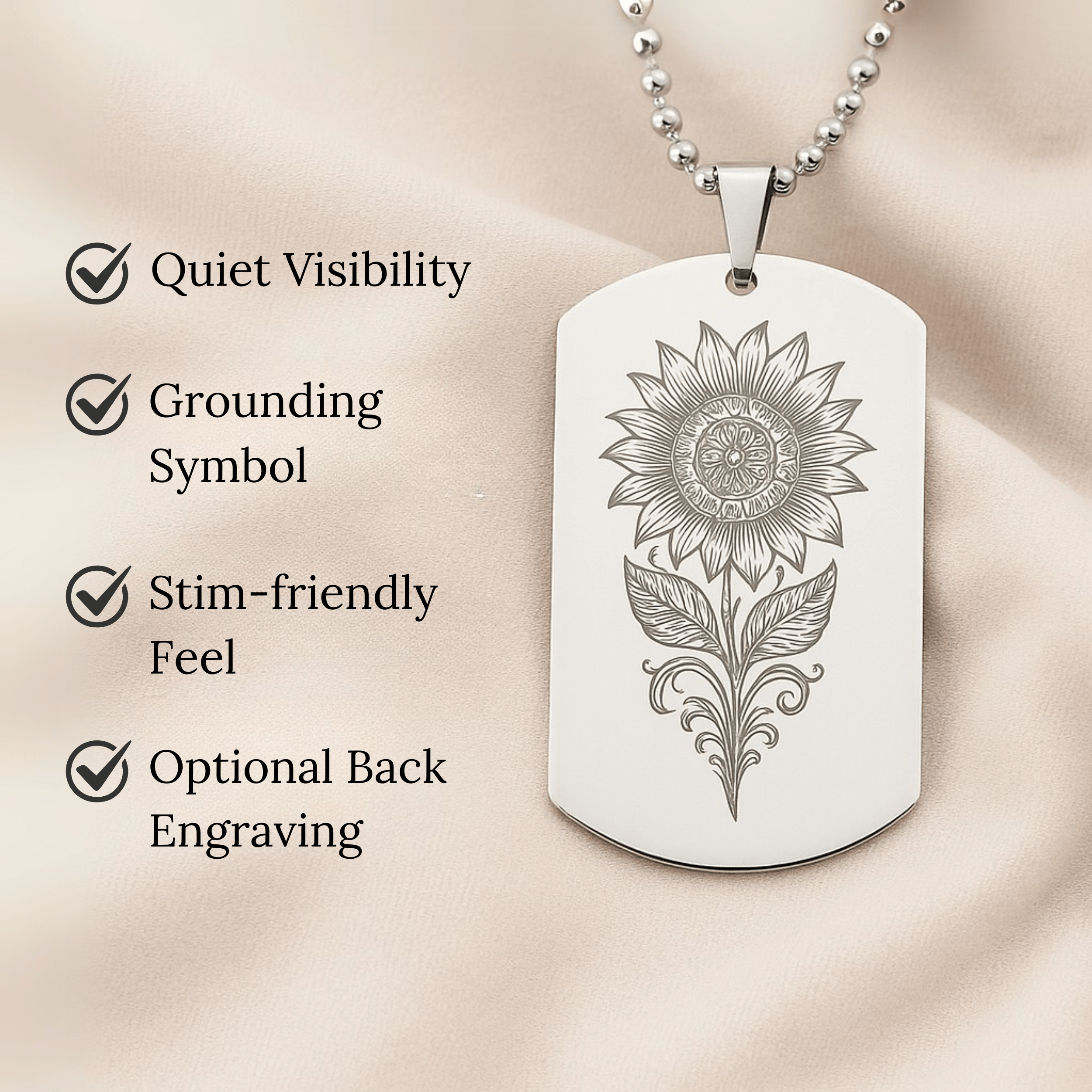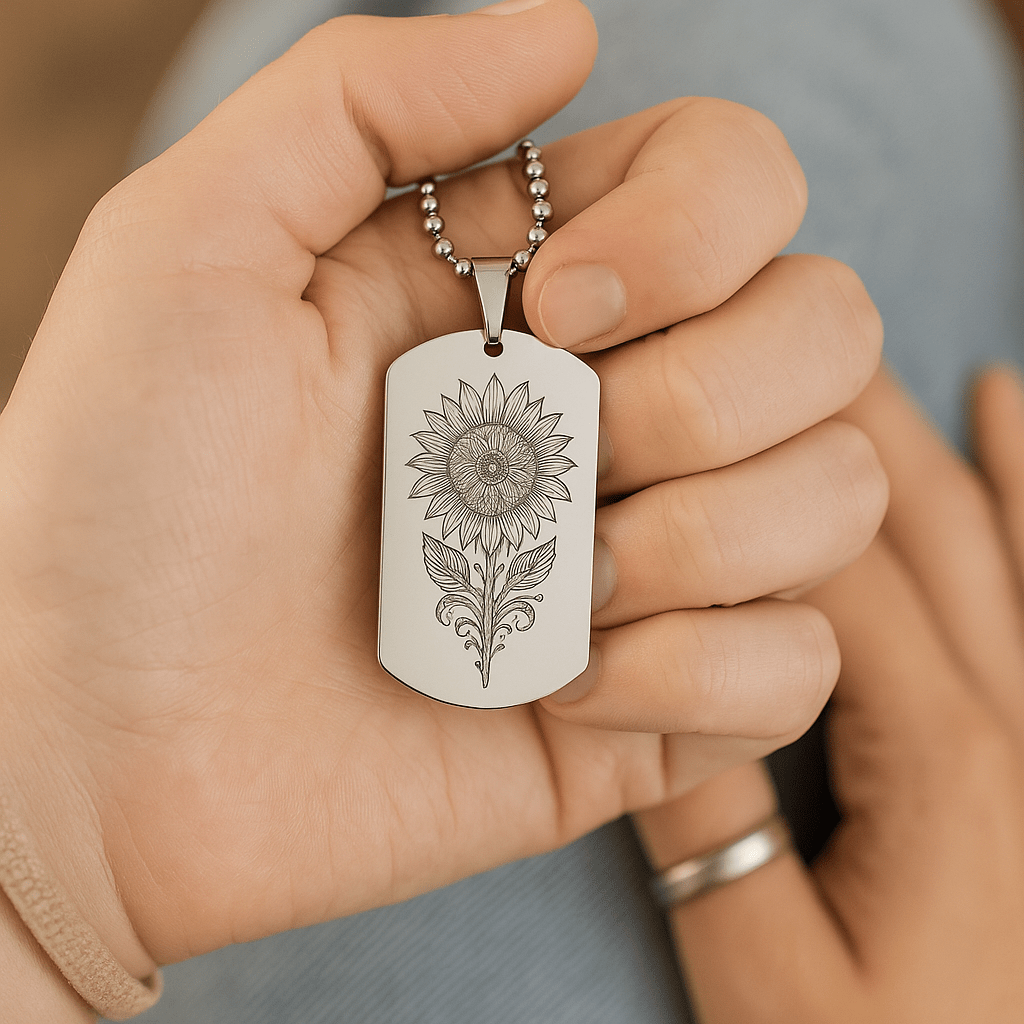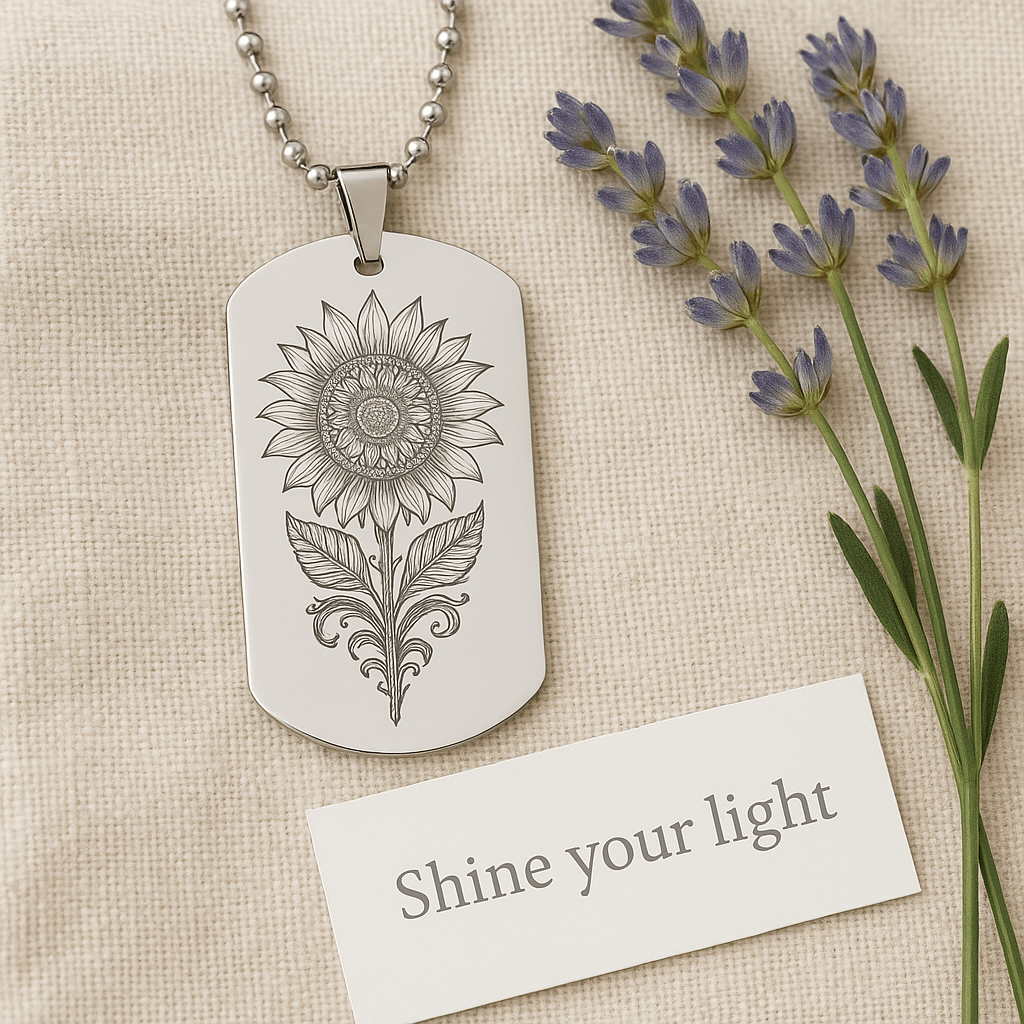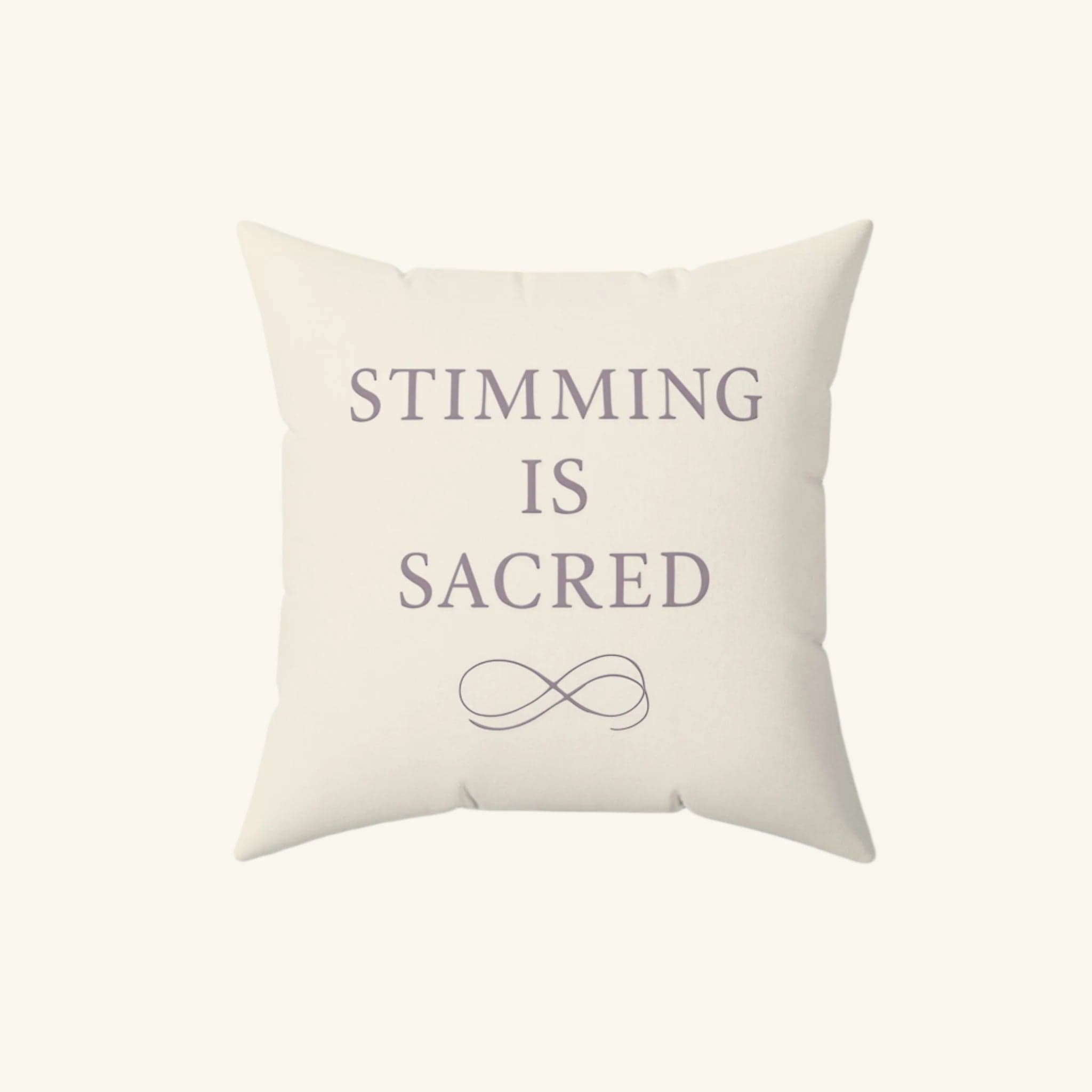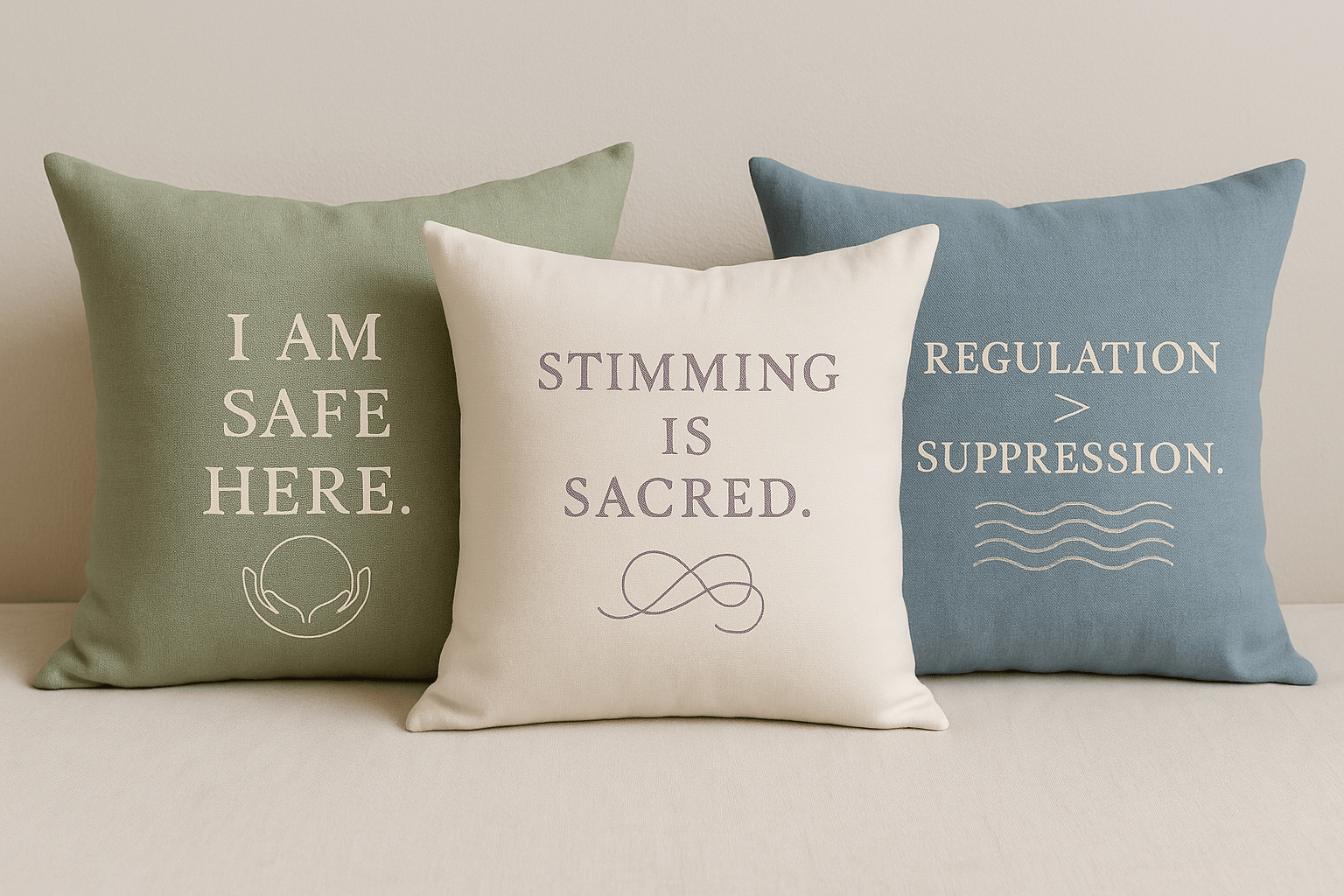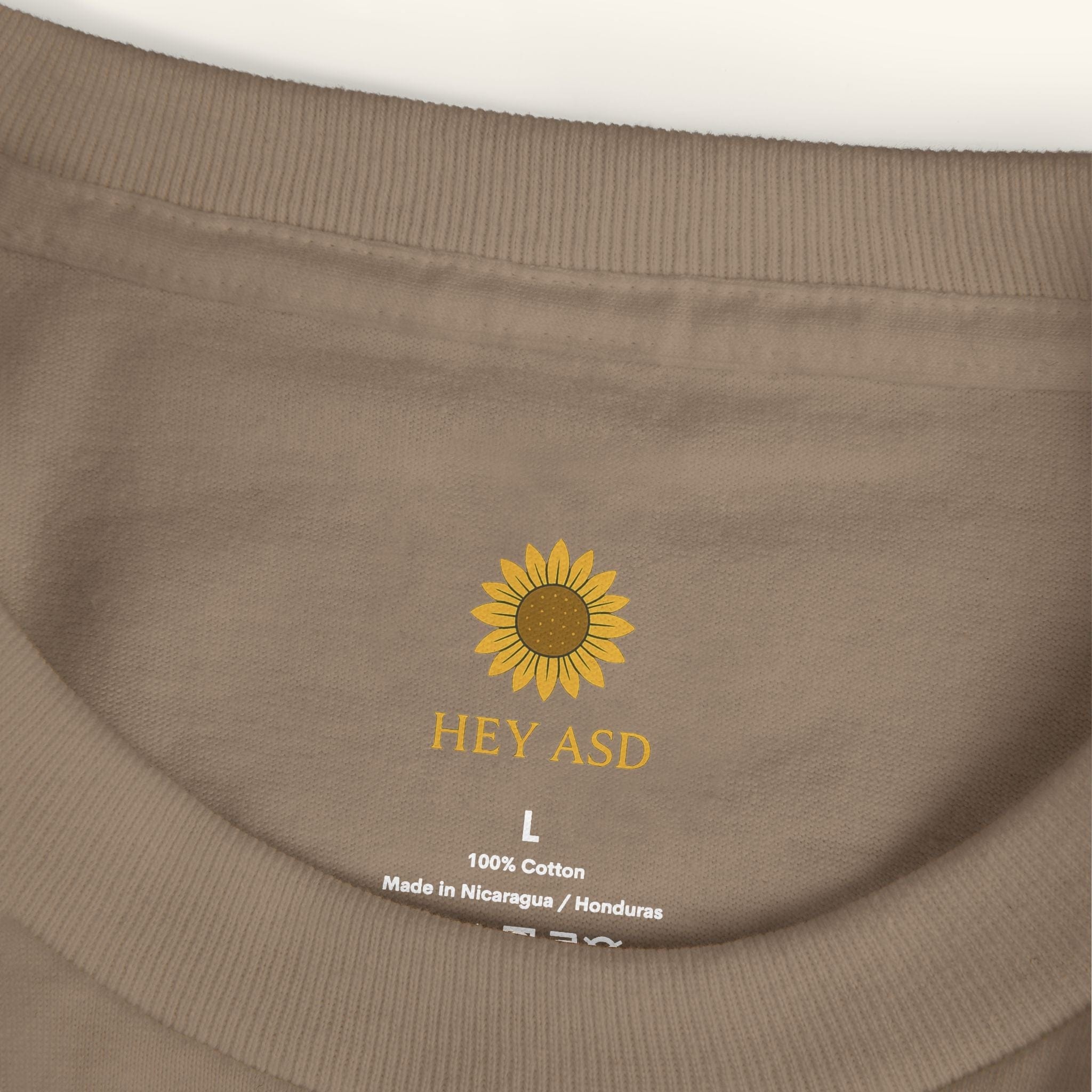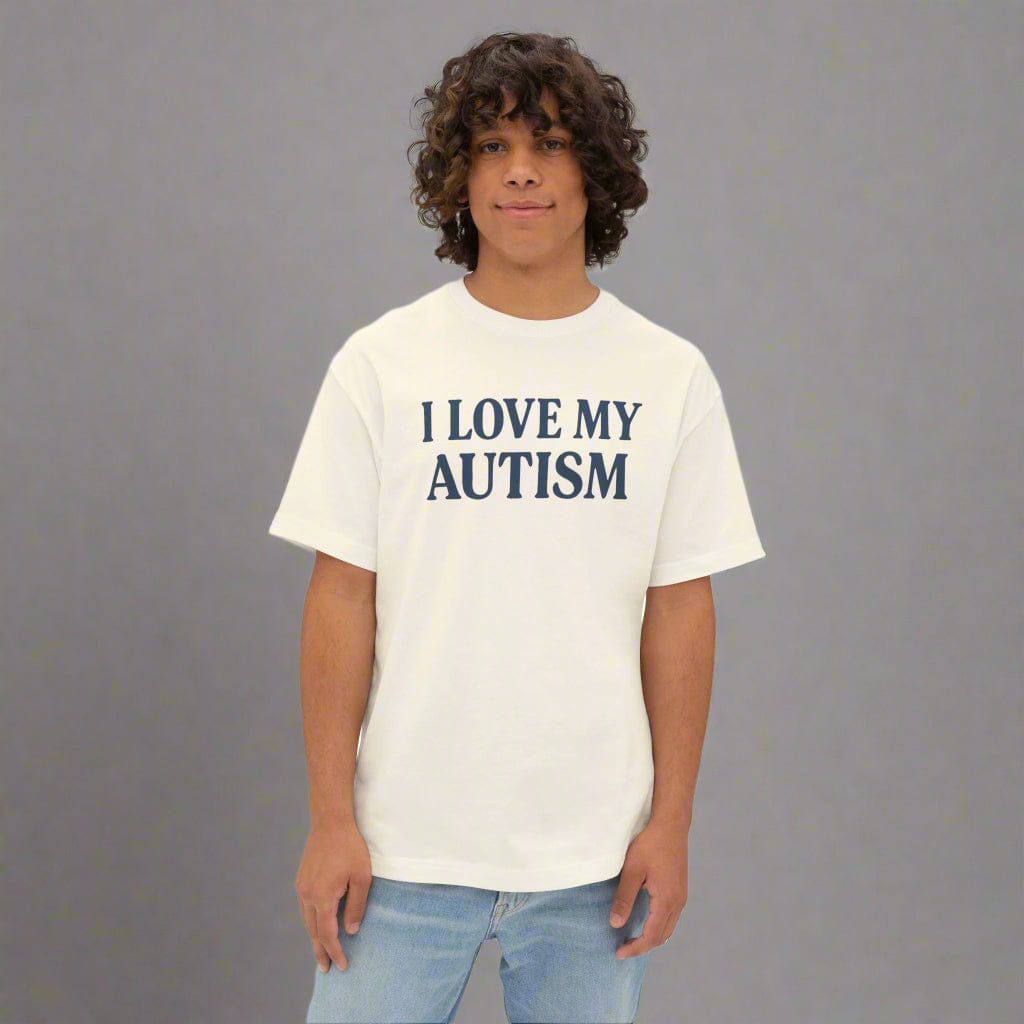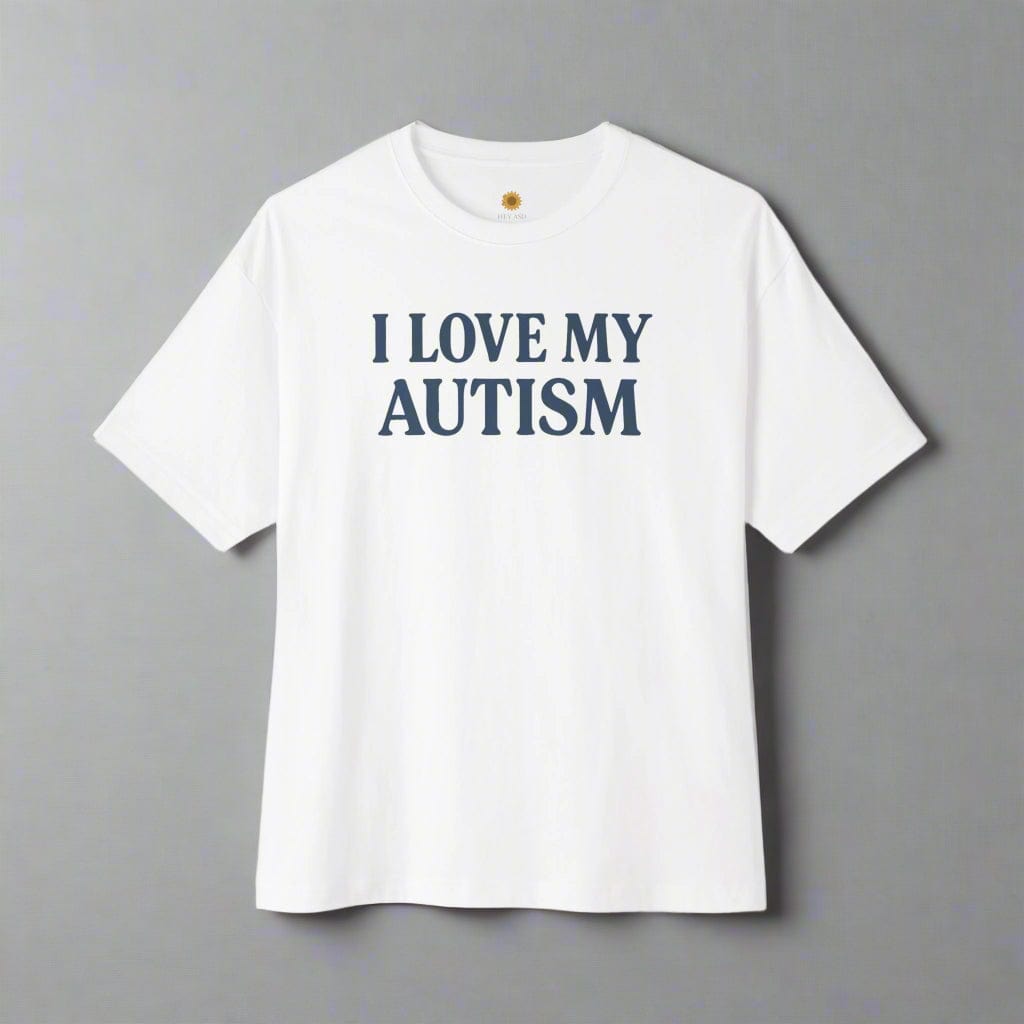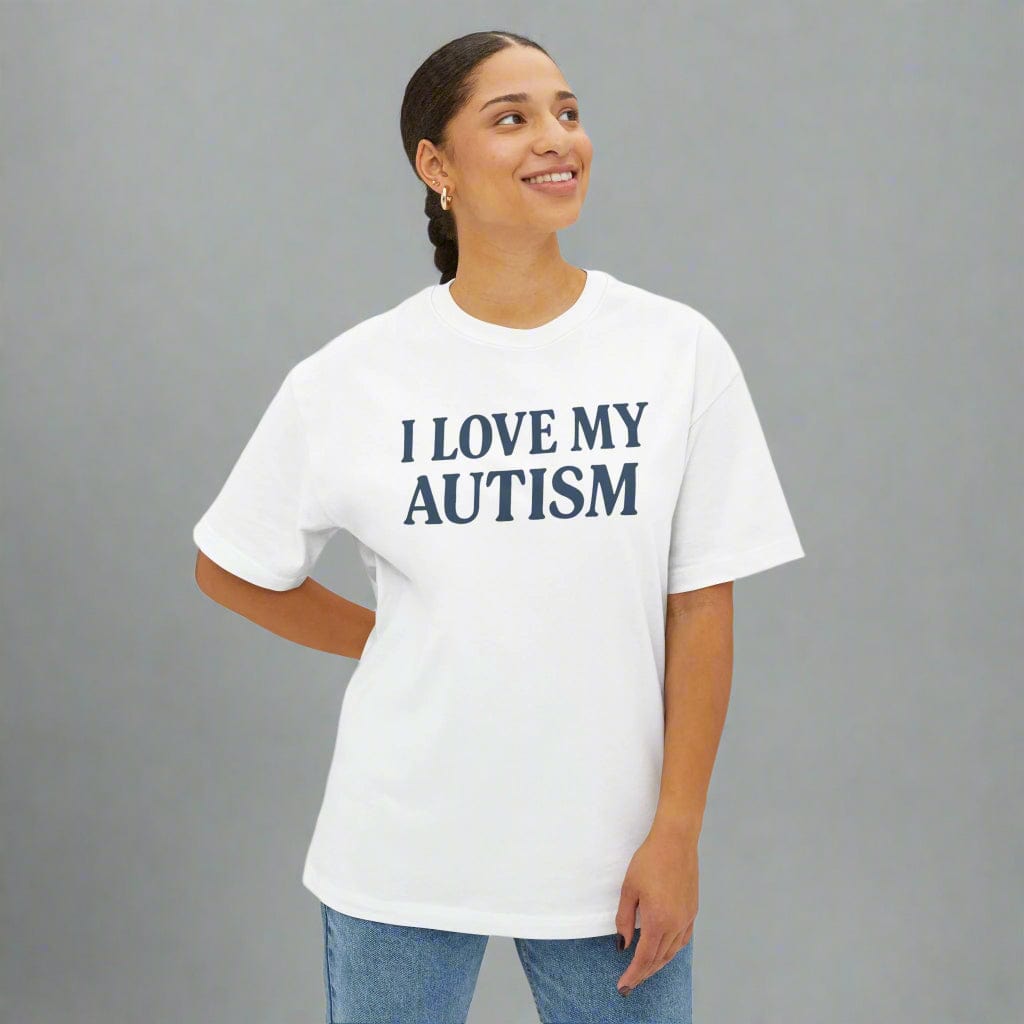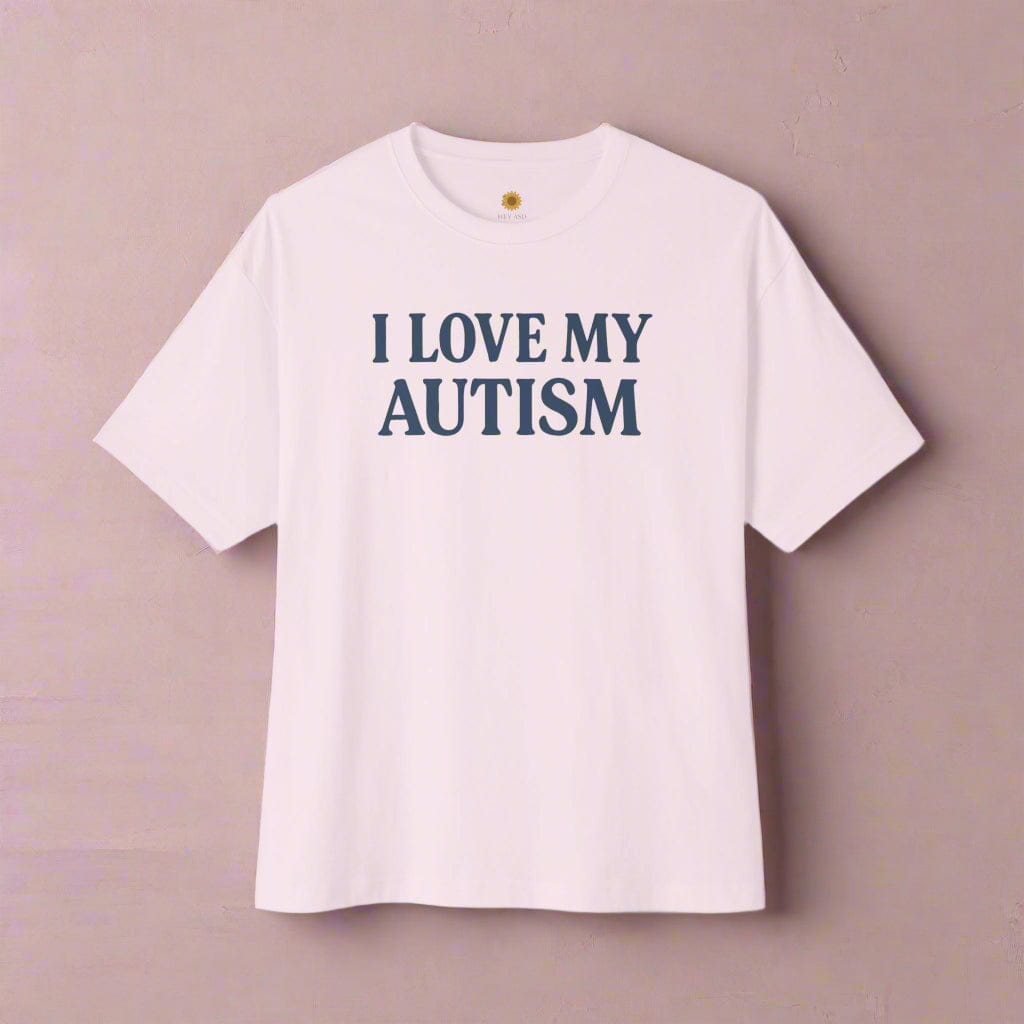Autism and Friendship: Understanding Connection in Adulthood
Friendship for autistic adults is rarely effortless, but it can be profoundly real. In a world built on small talk and sensory overload, this piece explores how autistic connection thrives through honesty, comfort, and shared understanding. It’s not about fitting in, but finding the people who meet you where you are. For those seeking friendship that feels calm, mutual, and authentic, this is where it begins.

Written by the HeyASD Editorial Team
Friendship is often spoken of as effortless, but for many autistic adults, it’s anything but simple. In a world built on unspoken social rules, sensory overload, and fleeting conversations, connection can feel like something we must translate before we can experience.
Autistic friendship isn’t deficient — it’s different. It is deliberate, loyal, and deeply felt. When it’s understood on its own terms, it becomes a powerful model for authentic connection that prioritises comfort, clarity, and mutual understanding over performance.
“Autistic friendship isn’t about performing. It’s about presence — the calm of being seen without needing to explain.”
For many of us diagnosed in adulthood, this recognition brings both grief and relief: grief for friendships that faded under pressure, and relief in knowing there was never anything wrong with us. Autistic friendship moves at a slower, deeper rhythm — honesty over small talk, quality over quantity, and safety over constant social activity.
Understanding Autism, Connection & Social Participation
Autism Spectrum Disorder (ASD) is a lifelong neurodevelopmental difference that shapes how people perceive, communicate, and relate. Many adults receive an autism diagnosis later in life — finally naming the strain of masking, decoding social rules, and navigating social interactions built for different brains.
Recognition brings grief and relief: grief for peer relationships that faded under pressure; relief in knowing your way of being is valid. Autistic friendship often moves at a slower, deeper rhythm: honesty over performance, quality over number of friends, and comfort over constant social activities. This rhythm supports mental health, social connection, and a real sense of belonging.
Why Friendship Feels Different for Autistic Adults
Communication Differences & Social Interactions
Autistic communication often prefers direct communication, precision, or fewer words. Care may be expressed by sharing resources, remembering details, or quiet presence — not always through facial expressions, body language, or constant verbal communication.
Sensory Realities in Social Activities
Bright lights, overlapping voices, strong smells, and busy venues can drain energy or trigger shutdown. A good friend understands when calm spaces, clear plans, or shorter meetups are needed.
Emotional Labour & Masking
Masking — hiding autistic traits to meet neurotypical expectations — is exhausting. Friendships that allow unmasking protect mental health and improve quality of life.
Focused Interests as Bridges
Special interests are anchors to joy. Shared common interests (from art to board games) build mutual understanding faster than small talk.
“Autistic friendship isn’t built on shared schedules — it’s built on shared sincerity.”
Unique Dynamics of Autistic–ADHD Friendships
Autism often prefers structure; ADHD often seeks spontaneity. Together, this can be a beautiful balance (grounding and spark) — or a clash without clear agreements.
“Autistic–ADHD friendships thrive when both people learn to dance between rhythm and chaos — one offering grounding, the other bringing life.”
Common Challenges Between Autistic & ADHD Friends
Pacing
One may crave rest and predictability; the other may seek movement and novelty. Share the lead: sometimes slow and scheduled, sometimes light and spontaneous.
Communication
ADHD impulsivity can feel overwhelming to a friend who needs processing time. Conversely, autistic honesty or slower pacing can be misread as disinterest. Name needs in the moment: “I need a minute to think.” / “I’m excited, not interrupting.”
Emotional Regulation
Both neurotypes feel deeply — ADHD may externalise; autistic friends may retreat to regulate. Don’t take distance personally; offer choice: company or space.
Most tensions are timing or sensory mismatches — not a lack of care.
Friendship Strategies Across Lifespan & Communication Modes
For Autistic Children & Young People
Friendship begins with shared joy, not forced interaction. For autistic children, play rooted in mutual interests — like building, drawing, or exploring nature — helps connection grow naturally without pressure to perform. When peers understand differences in communication or sensory needs, friendships become safer and more genuine.
Educating classmates about stimming, sensory sensitivities, and consent builds empathy and inclusion. Teaching simple communication scripts such as “I need a break” or “I like playing, but I’m tired now” empowers autistic children to self-advocate and reduces anxiety. As children transition from primary school to high school and later into young adulthood, clear expectations and routines around social life help them feel grounded during change.
Supporting Nonverbal & More Impacted Autistic Individuals
Friendship doesn’t rely on spoken words — it relies on shared understanding. Nonverbal or minimally verbal autistic individuals often express connection through gestures, facial expressions, art, or movement. Using tools like AAC devices, communication boards, or simply consistent routines allows friendship to flourish without pressure to speak.
Sometimes, connection is as simple as sitting together, listening to music, or participating in a familiar activity. Presence itself communicates care. True friendship recognises that every form of communication — verbal or otherwise — carries meaning and deserves respect.
“Connection is not measured in words spoken, but in how deeply we are understood without them.”
Managing Off-Topic or Intense Interests
Many autistic people communicate passion through focused interests — topics they can explore endlessly with excitement and detail. While these conversations can bring joy, they may also dominate interactions if balance isn’t maintained. Healthy friendships honour enthusiasm while also making space for others to share.
Setting gentle boundaries, such as alternating turns or scheduling “deep-dive” conversations, helps both friends feel valued. The goal isn’t to dampen interest, but to ensure mutual engagement. True connection thrives when curiosity is shared, not silenced.
How Neurotypical Individuals Can Be Better Friends
For neurotypical people, being a good friend to an autistic person starts with understanding, not assumption. Communication may look different — longer pauses, direct statements, or written messages instead of spontaneous conversation — but all are equally valid forms of care.
Respect these differences by offering clear information about time, place, and sensory context when making plans. Avoid reading too much into body language or eye contact; presence matters more than performance. Friendship grows when both sides feel free to communicate in ways that are natural to them.
“True friendship transcends differences; it thrives on respect, curiosity, and the courage to understand.”
Social Anxiety, Masking & Authentic Connection
Years of misunderstanding can cause many autistic adults to experience social anxiety or rely on masking to survive in neurotypical spaces. This constant self-monitoring is exhausting and often leads to burnout. Friendships that allow unmasking — being your full, authentic self — provide relief, healing, and real connection.
Creating spaces where autistic people can show up without fear of judgment is an act of care. When we are accepted as we are, communication flows naturally, and friendships deepen.
“The journey to friendship isn’t about finding people; it’s about finding spaces where you can be yourself without fear.”
Navigating Group Activities & Social Situations
Group environments can be overwhelming due to sensory input, overlapping conversations, and unspoken social expectations. Choosing smaller, structured gatherings such as book clubs, art classes, or walking groups allows autistic individuals to engage on their own terms.
Online communities can also serve as a gentle bridge to connection. Starting in digital spaces — where communication is slower and written — helps build confidence before transitioning into in-person friendships.
Recognising Attachment Styles in Autistic Friendships
Autistic people, like everyone else, develop unique attachment patterns that influence how they form and maintain relationships. Some may fear abandonment, while others prefer independence. Understanding whether your attachment style is anxious, avoidant, or secure can improve self-awareness and communication.
Working with trauma-informed, neurodiversity-affirming therapists can help identify patterns that make friendship feel safe and sustainable. Secure connections grow when both people feel respected and emotionally understood.
Using Social Support Services to Boost Opportunities
Friendship opportunities don’t always happen by chance — sometimes they’re built through structure and support. Social services, mentoring programs, and community organisations can help autistic adults overcome isolation and find belonging.
In Australia, NDIS-funded supports or peer-led groups often host sensory-friendly activities. Libraries, community centres, and online forums also provide inclusive spaces to meet others with shared interests. These resources offer more than just company; they provide the foundation for real, lasting connection.
Friendship Adaptations for Different Neurotypes
Neurodiverse friendships flourish when flexibility replaces expectation. ADHD friends might lose track of plans but bring energy and spontaneity; autistic friends may prefer predictability and depth. When both communicate openly and give each other space, friendship feels steady and secure.
The key is to celebrate difference rather than treat it as difficulty. Friendships become stronger when both people see diversity of thought and rhythm as part of what makes connection meaningful.
“Different brains don’t divide us; they teach us how many ways love can look.”
Signs an Autistic Friend Needs More Support
Autistic adults may not always express distress directly. Subtle changes — such as withdrawal from conversation, increased shutdowns, or cancelling plans — can signal that someone is struggling. These moments call for gentle presence, not pressure.
Reach out in ways that feel safe and manageable: send a calm message, offer company or space, and reassure them you’re not going anywhere. Often, the smallest gestures of consistency carry the most weight.
“The best kind of friendship doesn’t fix you — it waits beside you until you find your balance again.”
Navigating Endings & The Emotional Aftermath
For many autistic people, friendship isn’t casual — it’s sacred. When we connect, we do so with sincerity, depth, and devotion. That’s why endings, even quiet ones, can echo so powerfully. They can feel like the ground shifting beneath routines that once brought safety, or like a door closing on a version of ourselves that only existed in that connection.
Allow yourself to grieve, not just the person, but the rhythm you shared — the conversations, rituals, and comfort of being understood. Grief is proof that you loved authentically. Writing a letter you never send, journaling your feelings, or performing a simple ritual of closure can transform pain into release. It’s not weakness to miss someone; it’s a reflection of how deeply you care.
With time, endings become beginnings in disguise. The space left behind is not emptiness, it’s potential. New connections will emerge, ones that meet you where you are now, not who you had to be. Letting go is not losing; it’s making room for relationships that honour your growth, your pace, and your truth.
“You don’t lose people meant for you; you create space for those who speak your language.”
Professional & Community Resources
Finding friendship support as an autistic adult can be life-changing. Peer mentoring programs, adult autism meetups, and special interest clubs are safe ways to meet others with shared experiences.
Neurodiversity-affirming therapists and coaches can also help develop social confidence, reduce anxiety, and create strategies for sustaining healthy relationships. Online communities, from Discord servers to advocacy forums, continue to offer accessible and supportive spaces for those who prefer quieter or remote connection.
If friendship struggles begin to impact your mental health, reaching out for professional guidance is an act of strength, not weakness. Support can make connection feel lighter, safer, and more possible.
Note: This guide is for education, not clinical diagnosis. If friendship struggles affect mental health, consider professional support.
- Autism and friendship thrives on honesty, comfort, and mutual understanding—quality over the number of friends.
- Different social interactions are valid: direct communication, fewer words, or shared quiet can still mean deep care.
- Design for sensory needs—choose calm venues, clear plans, shorter meetups; social activities don’t have to be loud to be meaningful.
- Masking is exhausting; friendships that allow unmasking protect mental health and a real sense of belonging.
- Focused interests (art, games, deep dives) are bridges—build common ground around what lights you up.
- Autistic–ADHD dynamics: share the tempo—sometimes structured, sometimes spontaneous. Name needs in the moment.
- Allyship for neurotypical peers: respect pauses, don’t equate eye contact with care, offer clarity over vagueness.
- Group settings: prefer smaller circles, predictable formats, and opt-in participation; online communities count.
- Signs a friend needs support: withdrawal, shutdowns, cancelled plans, sleep/emotion changes—reach out with presence, not pressure.
- Endings aren’t failures: grieve, learn, and create space for people who speak your language.
Bottom line: build connection that feels calm, mutual, and sustainable—friendship without performance.
FAQs: Autism and Friendship
Can autistic adults make close friends and maintain peer relationships?
Yes. Many autistic adults build deep, loyal friendships — often fewer, but more meaningful. Prioritise comfort, shared interests, and clear expectations.
How can I improve social skills without masking?
Focus on tools that reduce strain (scripts, pacing, sensory-aware planning), not changing who you are. Authenticity builds sustainable connection.
Do online communities “count” as friendship?
Absolutely. Many autistic adults find a best friend or close friend online first; later, some move into in-person connection.
What about romantic relationships?
The same principles apply: direct communication, predictable plans, consent around sensory input, and space to unmask.
Why did friendship feel harder in high school and young adulthood?
Rigid social rules and pressure to conform often peak in those years. As an adult, you can curate communities that fit you — not the other way around.
A Message from the Autism Community
Friendship for autistic adults isn’t a checklist — it’s a living, breathing act of safety and belonging. We deserve spaces that don’t demand performance, where eye contact isn’t required for care and stims aren’t corrected.
“Autistic friendship teaches the world that connection isn’t about fitting in — it’s about finding where you already belong.”
Together, We’re Redefining Friendship and Belonging
Join a growing community of autistic adults creating spaces where comfort and authenticity come first.
Use code WELCOME10 for 10% off your first order.
Conclusion
Friendship for autistic adults is not about fitting into someone else’s rhythm — it’s about finding people who move with yours. In a world that often mistakes quiet for disinterest and difference for distance, every act of honest connection becomes an act of courage.
The friendships that matter most are not loud, crowded, or constant. They are steady, sensory-aware, and safe enough for authenticity to exist without apology. They honour the ebb and flow of energy, the need for space, and the joy of being known as you are.
“Autistic friendship reminds the world that belonging isn’t about blending in — it’s about being seen and loved in your truest form.”
To every autistic person still searching for connection — you are not behind, you are not alone, and your way of relating to the world is beautifully enough. When friendship feels calm, mutual, and real, it stops being something to chase and finally becomes something to rest in.
On This Page
Frequently asked questions
How can autistic adults build and maintain meaningful friendships?
What social skills are most helpful for autistic adults to develop?
How can sensory issues related to autism affect social interactions?
What are some ways to find and join autism support groups for adults?
Are there sensory-friendly products or comforting items that can support social situations for autistic adults?
How can honesty and setting boundaries improve friendships for people with autism?
What role does technology play in helping autistic adults stay connected with friends?
How can autistic adults practice social skills in a comfortable and low-pressure way?
Can Autism-themed decor or clothing help express identity and support social confidence in friendships?

About the HeyASD Editorial Team
Autistic‑owned • Values‑led • Sensory‑friendly design
We are autistic creators, writers, and advocates dedicated to producing resources that are practical, sensory-aware, and grounded in lived experience. Our mission is to make information and products that support the autistic community accessible to everyone, without jargon or condescension. Learn more about our team.
This article is written from lived autistic experience and an evidence-aware perspective. It is for general informational purposes only and should not be taken as medical, legal or therapeutic advice.
Always consult a qualified clinician or occupational therapist for individual needs and circumstances.

About Our Autism Blog
HeyASD isn’t just a store, it’s a calm, supportive space created by and for autistic adults. Our blog shares sensory-friendly tips, identity-affirming stories, and heartfelt resources for navigating life as an autistic person. Whether you're late-diagnosed, exploring your needs, or supporting someone you love, you're welcome here.
Thank you for reading. We hope these resources bring comfort and clarity.













